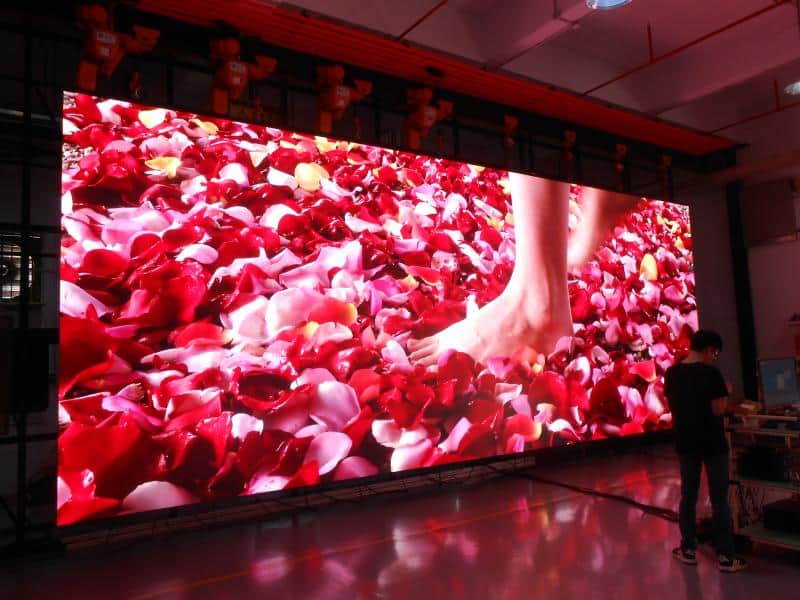Enhancing Visual Effect Through Tactical Content Scheduling in LED Display Performance
Wiki Article
Enhancing aesthetic effect during LED wall performances requires meticulous preparation plus strategic content scheduling. LED walls are powerful tools for visual storytelling, often used in concerts, events, and presentations. The efficacy of these screens relies not just upon the caliber of the images yet additionally upon the manner plus timing they are shown. By understanding the audience's attention duration plus the flow of the occasion, event planners can craft a more engaging encounter that enthralls viewers and enhances the overall performance.
One key aspect of strategic content scheduling is timing. It is essential to align the visuals with the rhythm and pace of the performance. For instance, during a musical performance, visuals should enhance the rhythm and atmosphere of the melody. This alignment aids to forge a unified encounter that draws the audience in. Additionally, it is important to consider the length of each visual clip. Brief, impactful clips can maintain audience interest, while longer images may be appropriate for instances of contemplation or sentimental bonding. By varying the length and intensity of the images, event planners can keep the audience interested during the performance.

Another important factor is the content itself. The images shown on the light-emitting diode screen should be pertinent to the theme of the performance. This relevance helps to strengthen the narrative being communicated and renders the experience useful content more memorable for the audience. For instance, if the performance is about environmental awareness, using visuals that illustrate the environment and animals can amplify the narrative. Furthermore, adding lively elements, such as animations or interactive graphics, can add thrill and maintain the viewers' focus. The appropriate material, shown at the appropriate time, can significantly elevate the impact of the performance.
Audience engagement is also a crucial consideration in visual timing. Comprehending the demographics and preferences of the viewers can inform the choice of images. For instance, a youthful crowd may react better to vibrant colors and fast-paced animations, while an older audience might appreciate more subtle and refined images. By customizing the material to the audience's interests, organizers can create a more personalized experience that resonates with viewers. Additionally, incorporating audience involvement, such as live polls or social interactions, can further enhance engagement and make the performance more interactive.
Finally, evaluating the effectiveness of the content scheduling is essential for future performances. Gathering feedback from the viewers can offer insightful information into what worked successfully plus what could be enhanced. This data can assist event planners improve their approaches and take informed decisions for upcoming events. By continuously assessing and adapting the visual timing strategy, organizers can amplify the visual impact of LED wall performances and create memorable encounters for their viewers.